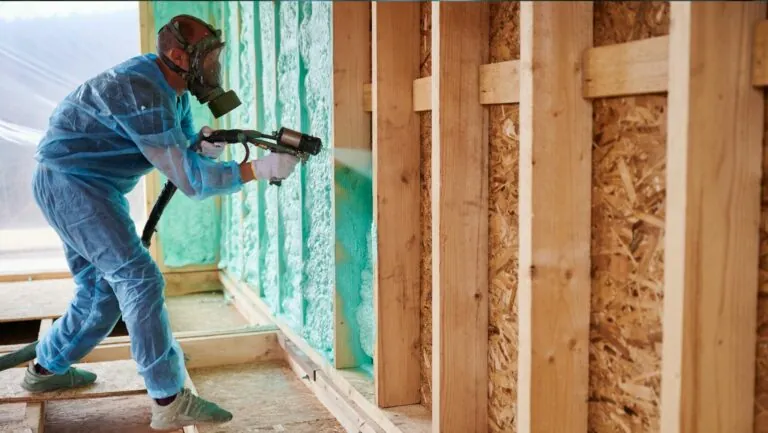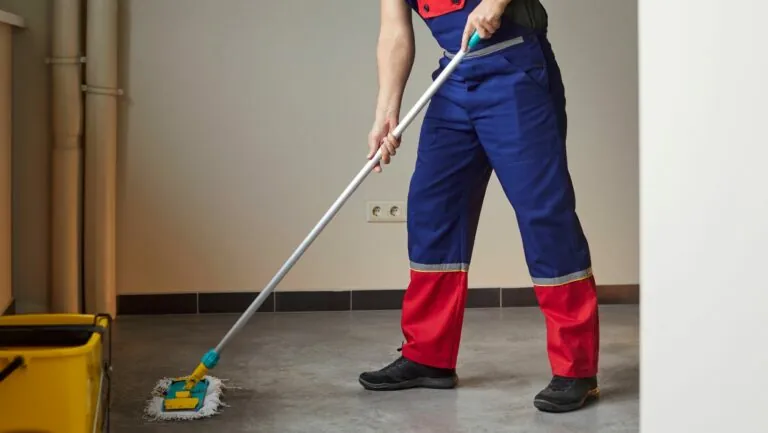Radon is a silent, invisible threat that can lurk in homes across North America. This naturally occurring radioactive gas can seep through basements, foundation cracks, and crawl spaces, posing serious health risks over time. Prolonged exposure to radon is linked to lung cancer, making radon testing an essential step for every homeowner. Understanding what radon is, why it matters, and how to test for it can protect your family and give you peace of mind.
Table of Contents
ToggleWhat is Radon and Why You Should Care
Radon forms from the natural breakdown of uranium in soil, rock, and water. Once it enters your home, it can accumulate to dangerous levels without any visible warning. Because radon exposure is a leading cause of lung cancer in non-smokers, timely radon testing is crucial. Knowing your home’s radon levels allows you to take action before it becomes a serious health threat.
When You Should Consider Radon Testing
Not every home has the same risk for radon, but certain factors increase the likelihood of elevated levels. Homes in high-radon areas, properties with basements or crawl spaces, and older homes with foundation cracks should all consider regular radon testing. Even if you don’t see or smell anything unusual, testing is the only way to know if your home is safe.
Understanding How Radon Testing Works
There are two main types of radon tests: short-term and long-term. Short-term tests last between two and seven days and provide a quick snapshot of radon levels. Long-term tests, which can last up to 90 days, give a more accurate picture of average exposure over time. Homeowners can choose between at-home DIY radon testing kits and professional services. Professionals typically place detectors in key areas and send results to certified labs, ensuring that radon testing is both accurate and reliable.
Choosing the Right Radon Testing Method
Your choice of radon testing method depends on your needs and priorities. DIY kits are convenient and cost-effective, while professional testing offers greater accuracy and detailed guidance. Factors to consider include home size, season, and whether you plan to sell the property. Test results are measured in picocuries per liter (pCi/L), and readings above 4 pCi/L require mitigation. Selecting the right method ensures you can take prompt action if levels are high.
What to Do If Radon Levels Are Elevated
If your radon test reveals high levels, mitigation is essential. Solutions include improving home ventilation, sealing foundation cracks, and installing radon mitigation systems to safely redirect the gas outside. Certified radon mitigation experts can provide customized solutions. Following up with regular radon testing ensures the effectiveness of any mitigation measures and keeps your home safe over time.
The Benefits of Regular Radon Testing
Routine radon testing provides more than just safety—it offers peace of mind, ensures compliance with real estate and insurance requirements, and allows early detection of potential health risks.

Testing is especially important for homes with children or individuals with respiratory conditions. Making radon testing part of your home maintenance routine is an investment in your family’s long-term health.
Take Action Today: Schedule Radon Testing for Your Home
Protecting your home starts with knowing your radon levels. Professional radon testing provides accurate results and guidance on next steps, whether through short-term or long-term assessments. Don’t wait until exposure becomes a problem—schedule radon testing today and create a safer environment for your loved ones.






